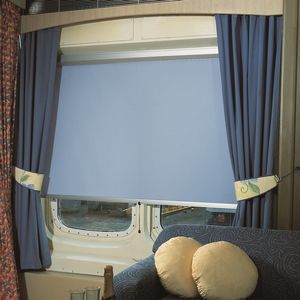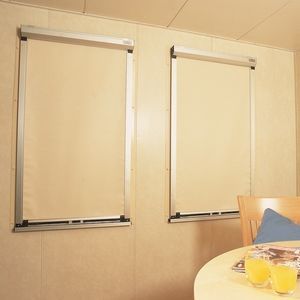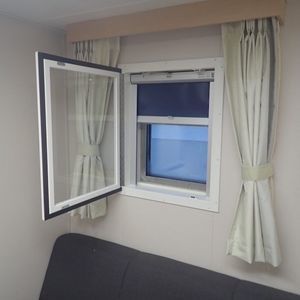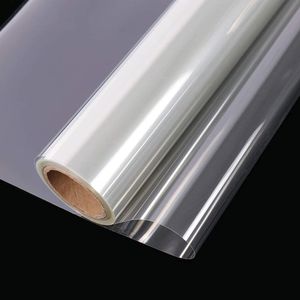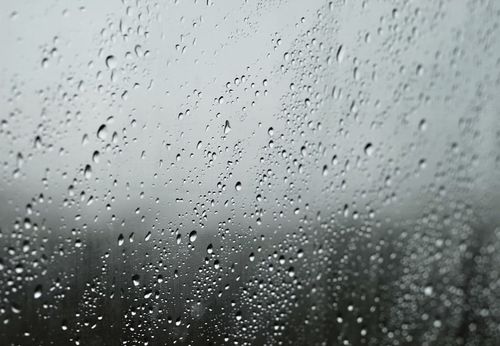
- Ship and boat building
- Materials and paints
- Solar Solve
Window adhesive film for ships

Add to favorites
Compare this product
Characteristics
- Options
- for window
- Application domain
- for ships
Description
Metalized films provide a high amount of solar control because they reflect a lot of solar radiation. They get their name from the extremely thin metal layer within the film, usually aluminium. These films are made by vacuum coating a layer of metal onto polyester, then a clear laminate is applied to protect the metal. These are then sandwiched between a sticky adhesive layer. A UV inhibitor and a scratch resistant coating are also added. Its shade and colour are mainly determined by the type of metal used to make it.
Metalized window film reflects more light than it absorbs and work on a ‘daylight privacy’ basis. Viewing through the film is effective from the ‘lower light level’ side of the film. This means, when these films are applied to windows facing outside people can see out of the room during normal, natural daylight hours, but people cannot see inside easily. However, the situation is reversed at night. A ‘mirror effect’ then occurs when looking out of the window so it is much easier to see into the room than out of it, so if the inside is illuminated and the outside is dark then the film loses it’s one-way vision properties. These films can provide some privacy at night depending on the lighting arrangement inside the building, but if you want 100% privacy then blinds or curtains are still required. Window films with a sticky backing are also a cost effective solution to sun control.
Reflective films give a shiny metallic look to the outside of buildings. This can be an attractive feature when coupled with modern architecture but it is not to everyone’s taste and the reflected dazzle/glare can be a problem.
VIDEO
Catalogs
No catalogs are available for this product.
See all of Solar Solve‘s catalogsRelated Searches
*Prices are pre-tax. They exclude delivery charges and customs duties and do not include additional charges for installation or activation options. Prices are indicative only and may vary by country, with changes to the cost of raw materials and exchange rates.



